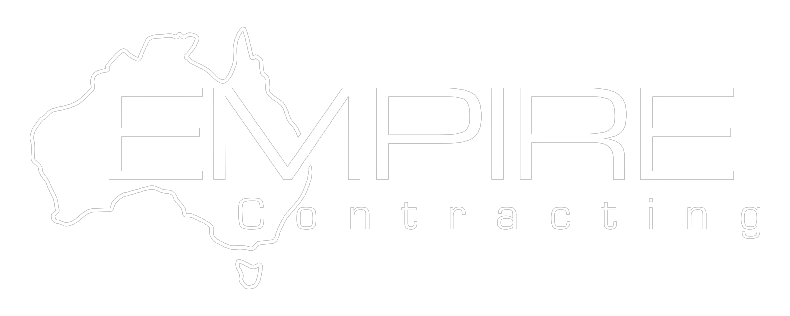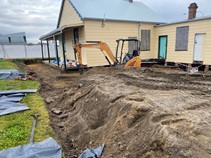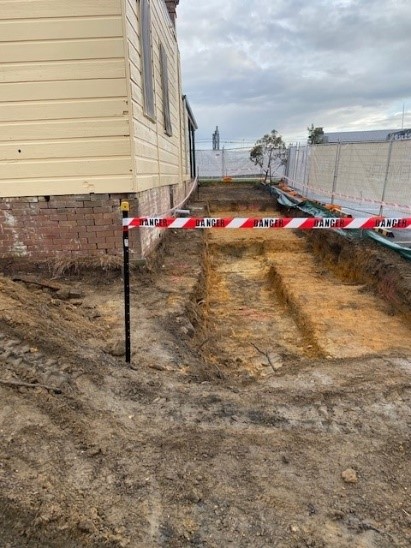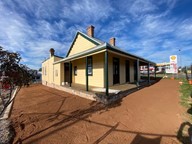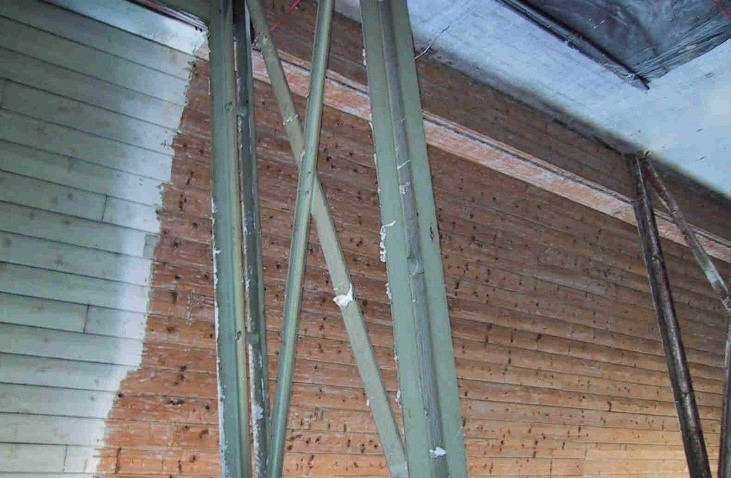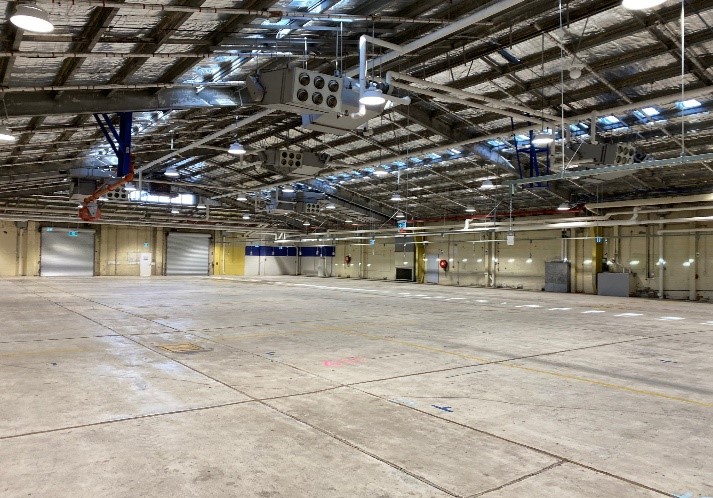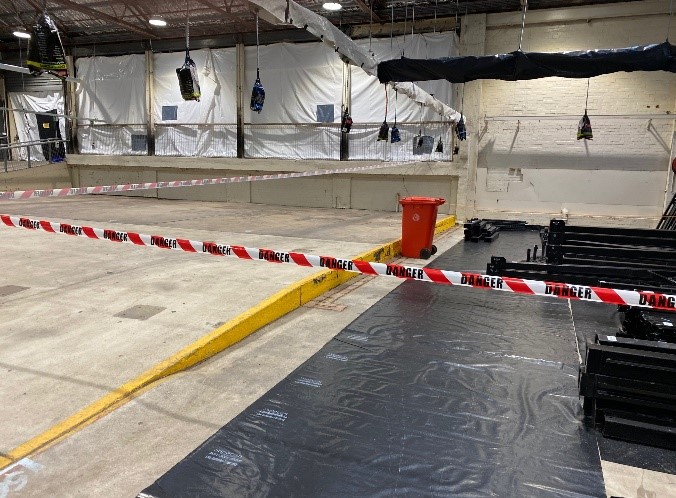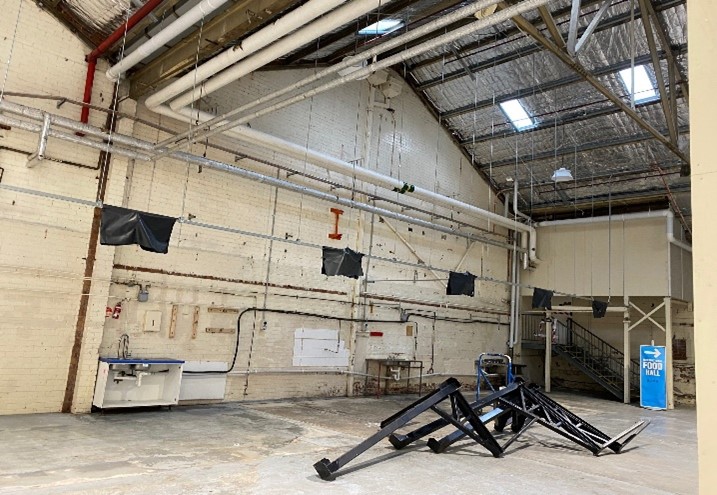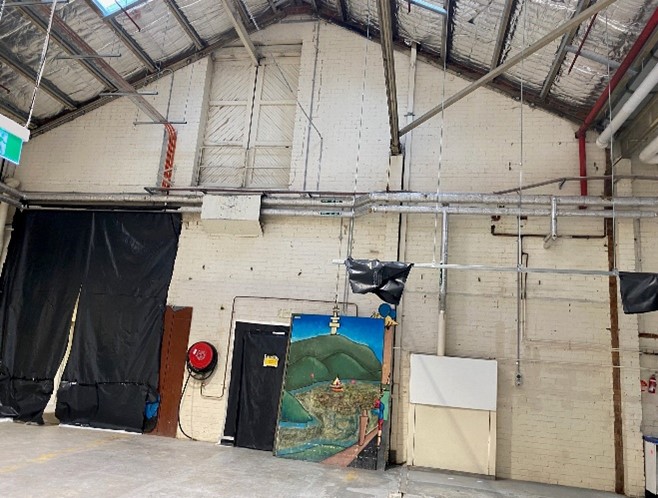At present in both NSW & the ACT a licence to remediate/removal dusts contaminated with lead, lead paints is not required, however as the removal remediation of these items is conducted in a very similar manner to that of asbestos, contractors with that experience and licencing are considered equal to the task. An Australian Standard is available that being AS/NZS 4361.2 2017 Guide to Hazardous Paint Management, this is in two parts, Part 1 deals with industrial type applications and Part 2 Commercial & Residential.
The latest WHS Act 2011 & Regulation 2011 clearly show the responsibilities of the owner, employer & employee to provide a safe place of work. There are various guidelines in place and any Lead Rish Work (as defined by the Regulation 2017) requires that the Regulatory Authority be notified.
Health Monitoring for employees working on/in a lead Contamination environment is quite stringent, mainly requires blood testing every 3 months, again this is defined in the Regulation.
The company has been involved in lead remediation works since the its inception in 2007. An interesting fact being that the very first project undertaken by Empire Contracting was not asbestos removal but lead remediation within the Sydney Town Hall.
The type of containment procedures required for some lead Contamination work have a number of synergies related to asbestos removal and as such it is a ‘good fit’ within the company.
Many of the Empire Contracting clients have issues with lead contamination whether lead paint, lead contaminated soils or dusts containing lead and as such we can and do provide assistance in these areas.
The experience within the company is almost as great as that of asbestos removal, and dates back to 1994.
Lead Paint
Quite often the lead paint which we are asked to remove is associated with buildings/structures/items that have a significant heritage value and as such the remediation is undertaken with great care and caution therefore negating the possibility of substrate damage.
Chemical
Approved applicator of the Peel Away system, this can be solvent based or organic dependant generally on the density of the paint being removed and the type of substrate.
Blasting
We do have the expertise to carry out the removal using a number of high powered blasting systems, such as Grit Blasting and Bi Carbonate of Soda blasting, both these methods require controlled conditions, generally full containment structures and operator positive pressure respiratory protection.
Lead Contaminated
Dusts Roof Cavities
This type of contamination is quite common near or within industrial site, this is also very common near or adjacent to major arterial roads, railways and even airfield.
The decontamination/remediation/removal of these areas or those areas of a similar nature is carried out using very similar techniques as used for friable asbestos removal.
The disposal of these types of dust generally differ from asbestos removal disposal, the environmental consultant should qualify the type of waste classification.
Lead Contaminated Soils
The lead within soil is generally caused by industrial ‘pollution’ mainly through any number processes, however it also is known that exterior wall linings that have been painted with a paint containing lead and become severely deteriorated may well also contaminate the soils. In most cases the soils are removed to a depth where contamination is no longer evident, this can be a very extensive and indeed expensive operation. The soils can also be capped using any number of building material types.
new nike football boots 2012 2017 - 002 - Nike Air Max 270 ESS Ανδρικά Παπούτσια Γκρι / Λευκό DM2462 | New Balance 991 Footwear